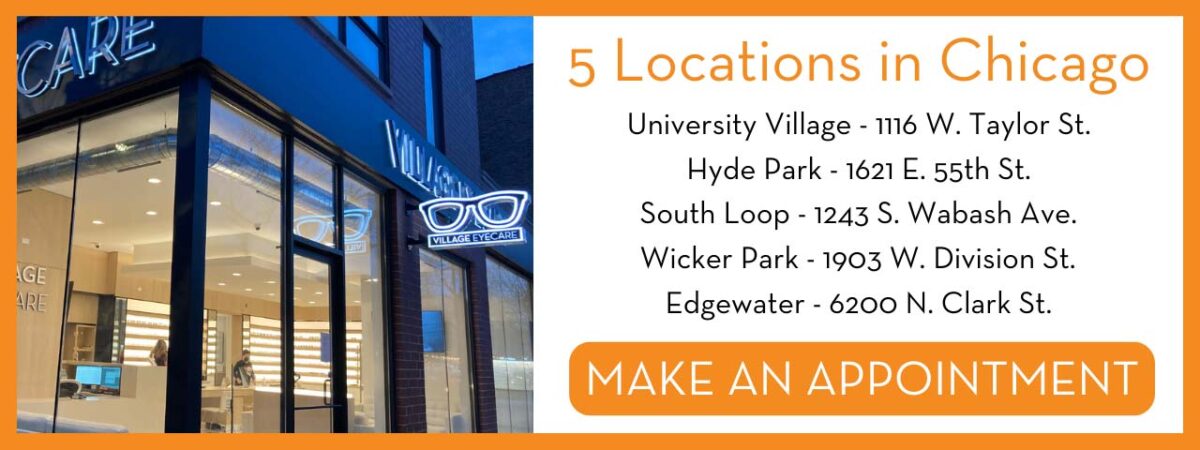Leading Eye Doctors in Andalusia: Schedule Your Appointment Today
Leading Eye Doctors in Andalusia: Schedule Your Appointment Today
Blog Article
Comprehending the Various Vision Improvement Procedures Available for Clearer View
In the world of vision improvement procedures, a multitude of choices exist to address refractive mistakes and provide individuals with clearer sight. From the extensively recognized LASIK surgical procedure to less invasive treatments like PRK and implantable lenses, the field of ophthalmology uses a series of methods tailored to suit various requirements and preferences. Each procedure comes with its very own set of considerations, advantages, and possible dangers. Comprehending the nuances of these vision correction approaches is critical for making educated decisions concerning one's aesthetic health and wellness. Let's discover the intricacies of these procedures and clarified the course to accomplishing enhanced vision quality.
LASIK Surgical Procedure
LASIK surgical procedure is an usual refractive treatment used to correct vision issues such as astigmatism, nearsightedness, and farsightedness. This medical strategy, which stands for Laser-Assisted in Situ Keratomileusis, aims to improve the cornea to improve exactly how light is focused on the retina, eventually improving vision clearness.
Among the main advantages of LASIK surgical treatment is the fast enhancement in vision experienced by individuals. Numerous individuals notice a significant improvement in their sight immediately after the treatment. In addition, a lot of clients report minimal pain and pain during the surgical procedure and recuperation duration. The recuperation time for LASIK is relatively fast, with several individuals returning to their day-to-day activities within a day or more post-operation. Overall, LASIK surgery is a prominent selection for individuals seeking a lasting service for their vision troubles.
PRK Treatment

PRK is an appropriate alternative for individuals with thin corneas or those at a greater danger of eye injuries, as it does not include developing a corneal flap. The recuperation process for PRK is slightly longer contrasted to LASIK, as the epithelium needs time to regenerate. Clients may experience discomfort and blurred vision for a few days adhering to the treatment.
Regardless of the longer recovery time, PRK can yield outstanding results in vision enhancement, making it a beneficial choice for those who may not be appropriate candidates for LASIK surgical treatment. - Cardiologist Andalusia
Implantable Lenses
In contrast to PRK where the cornea is reshaped directly, implantable lenses provide one more method for fixing vision by placing fabricated lenses inside the eye. This treatment is specifically valuable for people with high levels of astigmatism, farsightedness, or nearsightedness who may not be suitable candidates for laser surgeries like LASIK or PRK.
Implantable lenses, additionally referred to as phakic intraocular lenses, job by supplementing the eye's natural lens with a visit this page fabricated one. These lenses can be placed in front of the natural lens (former chamber) or behind the iris and in front of the all-natural lens (posterior chamber) By adjusting the power and positioning of these lenses, eye doctors can successfully correct refractive mistakes and improve visual acuity.
One advantage of implantable lenses is that they are detachable and exchangeable, supplying versatility for future adjustments. Nonetheless, just like any procedure, there are risks entailed, such as infection or cataract development. People taking into consideration implantable lenses must seek advice from an eye treatment specialist to determine one of the most appropriate option based upon their specific requirements and eye health and wellness.
Corneal Rings

The procedure for putting corneal rings is minimally intrusive and relatively quick, commonly performed as an outpatient procedure. During the surgical procedure, the eye doctor makes a tiny incision in the cornea and inserts the rings at a details depth. As soon as in position, the rings assist to reshape the cornea, offering a smoother surface for light to enter the eye, which can result in clearer vision.
Corneal rings are considered a reversible procedure, as they can be removed or changed if essential. While here they might not entirely remove the demand for glasses or get in touch with lenses, corneal rings can dramatically boost vision high quality and general visual convenience for people with keratoconus or various other corneal irregularities.
Refractive Lens Exchange
Following the correction of corneal abnormalities with treatments like corneal rings, one more vision adjustment technique that can resolve refractive mistakes is Refractive Lens Exchange (RLE) RLE is a surgical procedure that entails changing the eye's all-natural lens with a synthetic intraocular lens (IOL) to fix refractive errors such as presbyopia, farsightedness, and nearsightedness. This treatment is specifically valuable for individuals who might not be suitable prospects for procedures like LASIK or PRK due to variables such as thin corneas or high refractive mistakes.
RLE is similar to cataract surgery, as both entail eliminating the eye's all-natural lens; nevertheless, in RLE, the lens is clear, not cloudy as in cataracts. The fabricated lens implanted throughout RLE can be personalized to address the person's specific refractive error, giving clear vision at different ranges. Recovery time for RLE is fairly fast, and clients can anticipate enhanced vision right after the procedure. Just like any surgery, possible risks and difficulties exist, so a complete consultation with an eye treatment professional is necessary to identify if RLE is the ideal vision correction option.
Final Thought

In the realm of vision improvement treatments, a wide range of options exist to resolve refractive mistakes and supply individuals here are the findings with clearer sight.LASIK surgical procedure is an usual refractive treatment utilized to fix vision problems such as farsightedness, astigmatism, and nearsightedness.While likewise a common refractive treatment, the PRK (Photorefractive Keratectomy) method varies from LASIK surgical treatment in its approach to remedying vision problems.Adhering to the adjustment of corneal abnormalities with procedures like corneal rings, one more vision correction method that can address refractive mistakes is Refractive Lens Exchange (RLE) LASIK surgical procedure, PRK procedure, implantable lenses, corneal rings, and refractive lens exchange are all alternatives that can address various vision concerns.
Report this page